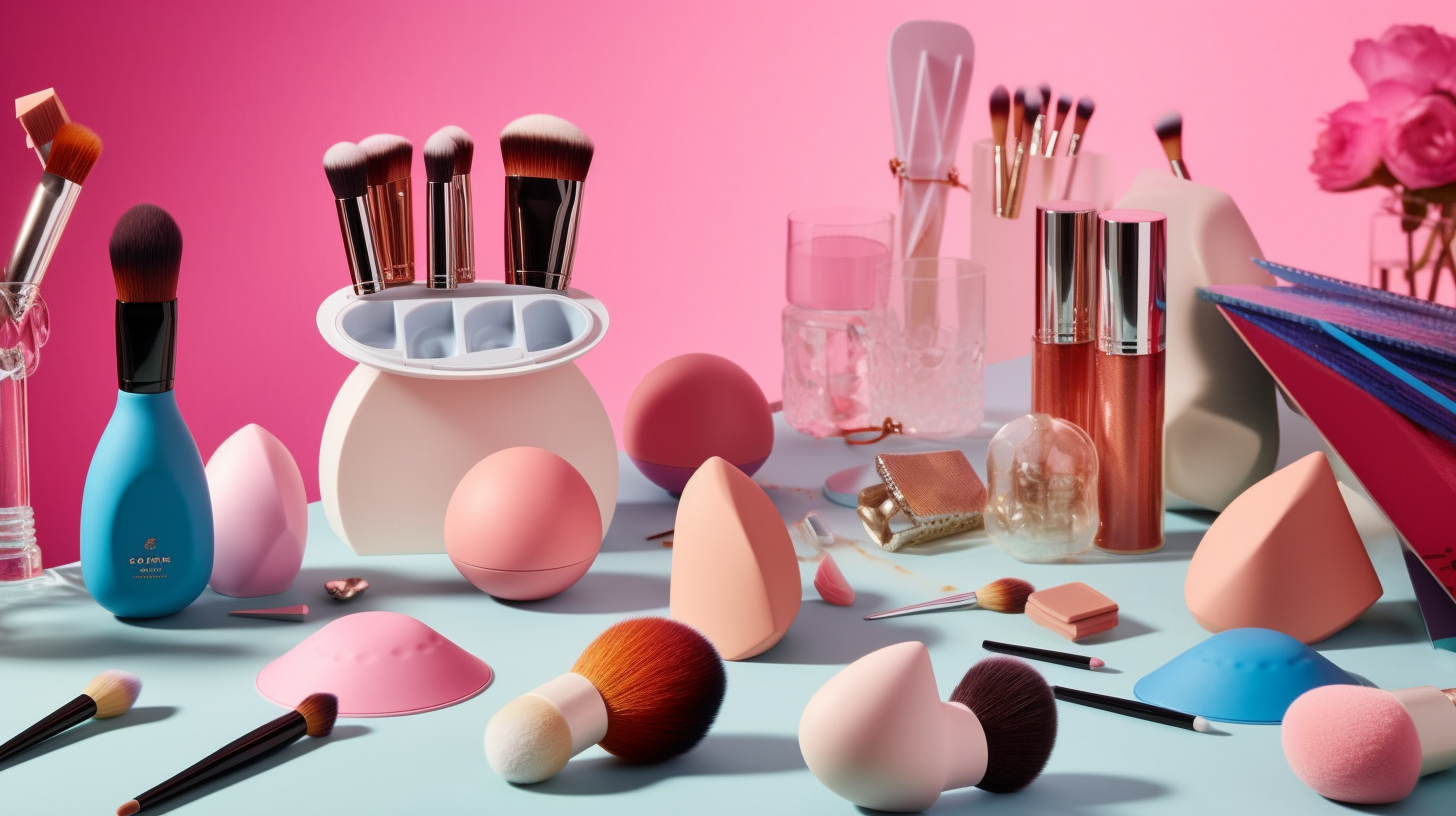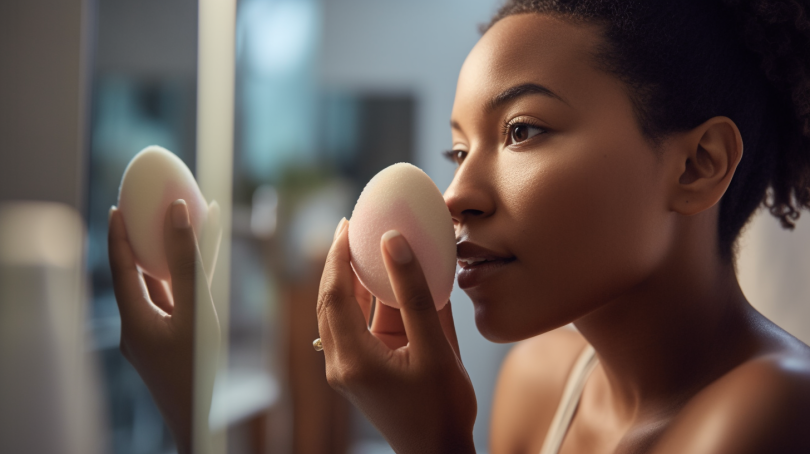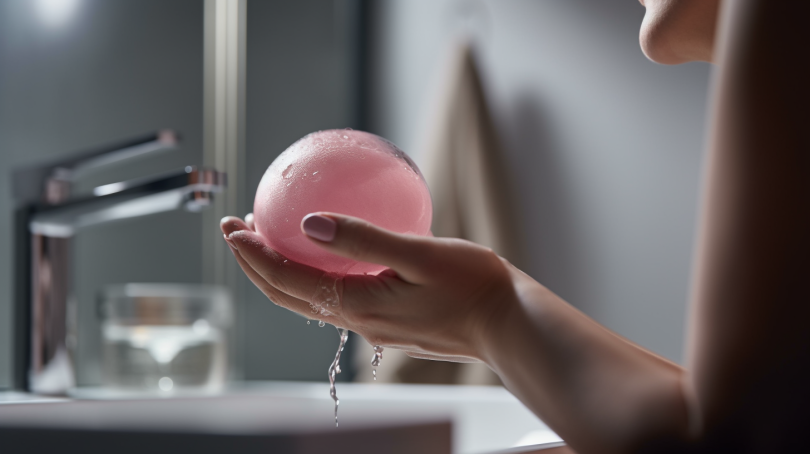All About Hair Straighteners: Definition, Function, and Types
Are you tired of dealing with frizzy, unmanageable hair that just won’t behave? Do you want a sleek, polished look without spending hours at the salon? If so, a hair straightener might be just what you need. In this blog post, we’ll dive into everything you need to know about hair straighteners – from their definition and function to the different types available on the market. By the end of this article, you’ll have all the information you need to choose the best hair straightener for your needs and achieve the perfect look every time.
What is a Hair Straightener?
A hair straightener, also known as a flat iron or hair styling tool, is a device used to straighten and smooth out curly or frizzy hair. It typically consists of two plates that heat up and are clamped together around sections of hair, applying heat to flatten and straighten it. Hair straighteners can be used on all types of hair – from thick and coarse to fine and thin – but it is important to choose the right type of straightener for your specific needs.
How Does a Hair Straightener Work?
Hair straighteners work by using heat to break down the hydrogen bonds in your hair’s natural structure. When these bonds are broken down, your strands become more pliable, allowing them to be reshaped into a sleeker style. The plates on a hair straightener are heated to high temperatures – usually between 300-450 degrees Fahrenheit – which allows them to apply enough heat to break down these bonds without damaging your hair.
It’s important to note that while using a hair straightener can give you beautiful results, it can also cause damage if not used properly. Overuse or improper use of a flat iron can cause split ends, breakage, and even burns. It’s essential to use a heat protectant spray before using a hair straightener and to avoid using it on wet hair or leaving it on one section of hair for too long.
Types of Hair Straighteners
There are several types of hair straighteners available on the market, each with its unique features and benefits. Here are some of the most popular types:
Ceramic Plate Hair Straighteners
Ceramic plate hair straighteners are some of the most common types available. They heat up quickly and distribute heat evenly across the plates, reducing the risk of hot spots that can damage your hair. Ceramic plates also produce negative ions that help neutralize frizz and static, leaving your hair looking sleek and shiny.
Titanium Plate Hair Straighteners
Titanium plate hair straighteners are another popular type. They heat up quickly and maintain a consistent temperature throughout use, making them ideal for thick or curly hair that requires more heat to straighten. Titanium plates are also durable and resistant to scratches, making them a great option for frequent use.
Tourmaline Plate Hair Straighteners
Tourmaline plate hair straighteners are a newer type of straightener that uses crushed tourmaline crystals in the plates to emit negative ions and infrared heat. This helps reduce frizz and static while also locking in moisture, leaving your hair looking healthy and shiny.
Professional Hair Straighteners
Professional hair straighteners are typically used by hairstylists and professionals in salons. They are designed to be more durable and long-lasting than regular flat irons, with features like adjustable temperature settings, wider plates for faster styling, and longer cords for greater flexibility.
Hair Straightening Brush
A hair straightening brush is a newer type of hair straightener that combines the benefits of a brush and a flat iron. It has bristles that heat up and glide through your hair, straightening it as you brush. Hair straightening brushes are ideal for those who want a quick and easy way to straighten their hair without having to use separate tools.
Mini Hair Straighteners
Mini hair straighteners are smaller versions of regular flat irons, making them ideal for travel or touch-ups on the go. They typically have narrower plates, which can make them less effective on thicker or curlier hair, but they are great for those with fine or short hair.
Cordless Hair Straighteners
Cordless hair straighteners are another newer type of flat iron that operates without being plugged in. They are powered by rechargeable batteries and are ideal for travel or when you need to touch up your hair on the go. However, they may not be as powerful as corded models and may require more time to heat up.
Steam Hair Straighteners
Steam hair straighteners use steam to help lock in moisture while also straightening your hair. They are ideal for those with dry or damaged hair who want to avoid excessive heat damage. However, they may be less effective on thicker or curlier hair and require more time to heat up than traditional flat irons.
Infrared Hair Straighteners
Infrared hair straighteners use infrared technology to penetrate the hair shaft and heat it from the inside out. This can help reduce damage caused by excessive heat exposure and leave your hair looking smoother and shinier. However, they may be more expensive than other types of flat irons.
Choosing the Best Hair Straightener for Your Needs
When choosing a hair straightener, there are several factors to consider:
Hair Type
The type of hair straightener you choose will depend on your hair type. If you have thick or curly hair, you may want to opt for a titanium plate or tourmaline plate flat iron, as they provide more heat and can straighten your hair more effectively. If you have fine or thin hair, a ceramic plate flat iron may be a better option, as it is gentler on your strands.
Plate Size
The size of the plates on your flat iron will also affect how well it works on your hair. If you have long or thick hair, larger plates may be more effective as they can cover more surface area at once. However, if you have short or fine hair, smaller plates may be easier to use and less likely to cause damage.
Temperature Settings
Many flat irons come with adjustable temperature settings that allow you to control the heat level. This is important because different types of hair require different levels of heat to straighten effectively. If you have fine or thin hair, lower heat settings may be sufficient, while those with thick or curly hair may need higher temperatures.
Cord Length
If you plan on using your flat iron in multiple locations or need greater flexibility when styling your hair, a longer cord length may be important. Cordless models are also available for those who want complete freedom of movement.
Conclusion
A hair straightener can be a valuable tool in achieving the sleek and polished look you desire. By understanding the different types available and choosing the best one for your needs, you can achieve salon-quality results at home. Remember to always use a heat protectant spray and avoid using your flat iron on wet hair or leaving it on one section of hair for too long. With the right technique and tools, you can enjoy beautiful, straight hair every day.




